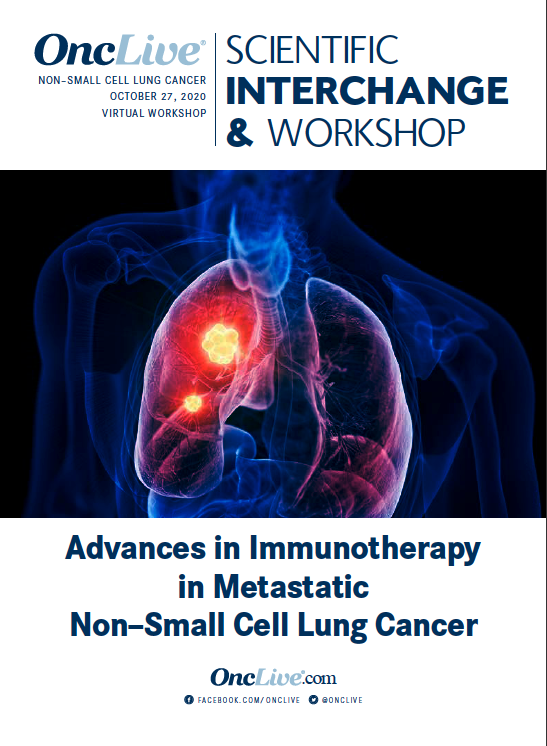Publication
Video
Supplements and Featured Publications
Dr. Herbst on Biomarkers for Immunotherapy Response in NSCLC
Author(s):
Roy S. Herbst, MD, PhD, discusses biomarkers for immunotherapy response that are currently under investigation in non–small cell lung cancer (NSCLC).
Roy S. Herbst, MD, PhD, Ensign Professor of Medicine and professor of pharmacology; chief of medical oncology at Yale Cancer Center and Smilow Cancer Hospital; and associate cancer center director for Translational Research at Yale Cancer Center, discusses biomarkers for immunotherapy response that are currently under investigation in non–small cell lung cancer (NSCLC).
Several biomarkers are currently under examination to predict patient response to immunotherapy. The current gold standard is PD-L1 expression, which can be detected through different techniques. It's clear that high PD-L1 is associated with better responses and survival, as was observed in the 5-year data from the KEYNOTE-024 trial. Moreover, in the KEYNOTE-010 trial that was done in the second-line setting, notable differences were observed between patients whose PD-L1 expression was greater than 50% and those whose expression was greater than 1%.
Another potential marker is tumor mutational burden (TMB), which isn't ready for prime time, says Herbst. Not every practice is currently utilizing TMB as a biomarker and a better understanding of how this is measured is needed, says Herbst. However, the FDA approved pembrolizumab (Keytruda) to treat adult and pediatric patients with unresectable or metastatic solid tumors that are tissue TMB-high, ≥10 mutations/megabase, have progressed on previous therapy, and have no satisfactory alternative treatment options. It's also possible that TMB can help to guide treatment with atezolizumab (Tecentriq). Despite this, TMB will need to be gradually integrated into clinical practice, concludes Herbst.









